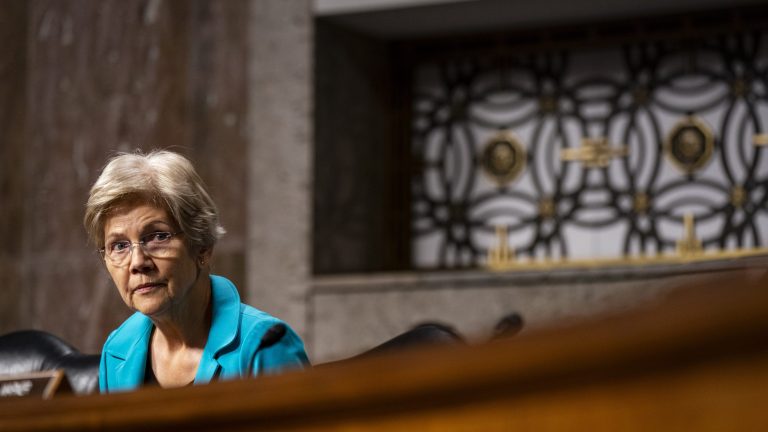A frightening bit of legislation was introduced to the US House Judiciary Committee on Friday. The Digital Transition Content Security Act of 2005 (PDF) is sponsored by Rep. Jim Sensenbrenner (R-WI) and Rep. John Conyers (D-MI) (PDF) and would close that pesky analog hole that poses such a dire threat to the survival of the music and movie industries. The bill was originally planned for introduction in early November, but was tabled after hearings held by the House Subcomittee on Courts, the Internet, and Intellectual Property.
Calling the ability to convert analog video content to a digital format a "significant technical weakness in content protection," H.R. 4569 would require all consumer electronics video devices manufactured more than 12 months after the DTCSA is passed to be able to detect and obey a "rights signaling system" that would be used to limit how content is viewed and used. That rights signaling system would consist of two DRM technologies, Video Encoded Invisible Light (VEIL) and Content Generation Management SystemAnalog (CGMS-A), which would be embedded in broadcasts and other analog video content.
Under the legislation, all devices sold in the US would fall under the auspices of the DTCSA: it would be illegal to "manufacture, import, offer to the public, provide or otherwise traffic" in such products. It's a dream-come-true for Hollywood, and in combination with a new broadcast flag legislation (not yet introduced) would strike a near-fatal blow to the long-established right of Fair Use.
According to Reps. Sensenbrenner and Conyers, the legislation is absolutely necessary because of the dire threat PCs and the Internet pose to the content-creation industry's very livelihood. Apparently, it's not nimble enough to keep up with advances in technology. Says Rep. Conyers:
"As one of our most successful industries, it is important that we protect the content community from unfettered piracy. One aspect of that fight is making sure that digital media do not lose their content protection simply because of lapses in technology. This bill will help ensure that technology keeps pace with content delivery."
Ah, yes. The piracy bogeyman. In the same press release, Rep. Sensenbrenner points out that a "software pirate" in Alexandria, Virginia pled guilty to "making $20 million in sales of counterfeit intellectual property." However, the honorable representative from Wisconsin fails to understand that the software market relies on a completely different distribution model than does broadcasting, instead choosing to throw big numbers around in an attempt to make this misguided bill sound like it makes some small shred of sense for consumers.

